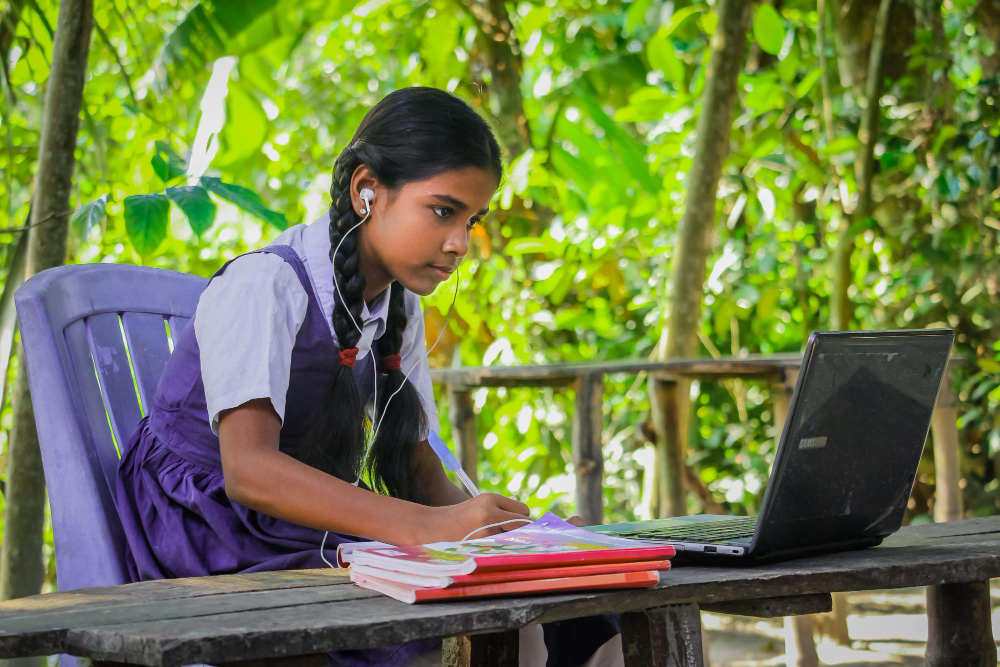Empowering rural education stands as a critical goal for sustainable development. With numerous obstacles to overcome, like limited resources and inadequate infrastructure, rural areas often struggle to provide quality education. Nevertheless, eLearning emerges as a beacon of hope, offering innovative solutions to these challenges.
The introduction of eLearning in rural education enables access to a wealth of resources previously deemed unattainable. Digital learning materials, open courseware, and online tutorials form the cornerstone of this transformation. By leveraging these tools, rural students can bridge the gap with their urban counterparts, gaining knowledge and skills essential for their growth.
Infrastructure, traditionally a significant hurdle, finds solutions through technology. While physical classrooms may be limited, virtual classrooms can complement conventional methods effectively. A stable internet connection and devices like tablets or laptops can transform any space into a learning environment, minimizing the reliance on traditional infrastructure.
One of the primary benefits of eLearning is the opportunity to connect students with qualified educators beyond their locality. Through video conferencing and online tutoring, rural students gain exposure to experienced teachers worldwide. This global interaction not only enhances educational experiences but also motivates students to explore diverse academic fields.
Furthermore, eLearning paves the way for personalized education in rural areas. Customized learning modules enable students to absorb information at their own pace, catering to individual learning styles. This adaptability ensures that each student can optimize their educational journey, leading to better comprehension and retention of knowledge.
Another critical aspect is the development of digital literacy among rural students. As they engage with eLearning platforms, they acquire essential technological skills necessary for the 21st-century workforce. Enhancing digital literacy not only boosts employability but also empowers students to participate actively in a globalized economy.
Ultimately, integrating eLearning into rural education requires strategic planning and multi-stakeholder collaboration. Governments, educational institutions, and technology providers must work together to address connectivity challenges and provide necessary resources. By doing so, they can foster an environment where rural education thrives, contributing significantly to sustainable development.
